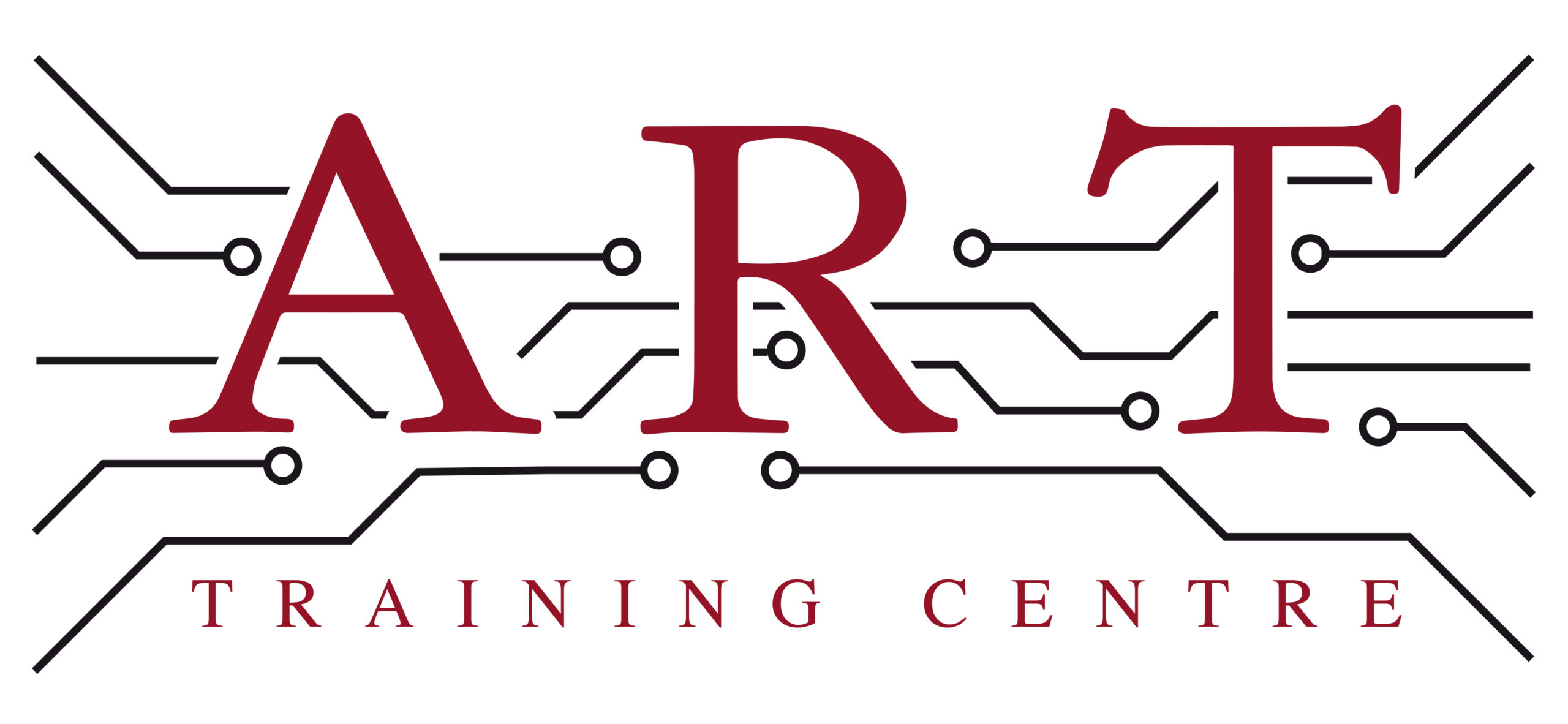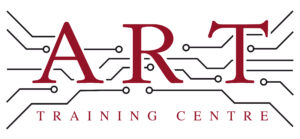Definition
Thermal Tweezers are a precision tool used in electronics manufacturing and rework. They consist of two heated tips that allow technicians to grasp and manipulate small electronic components, such as surface mount devices (SMDs), during soldering or repair processes. This tool is essential for ensuring accurate placement and soldering of components on printed circuit boards (PCBs), making it a vital component in the electronics industry.
How It’s Used in the Industry
In electronics assembly, Thermal Tweezers are employed to heat and lift small components from PCBs. Technicians start by setting the desired temperature on the tweezers, then use them to grasp the component securely. As the tips heat up, they melt the solder, allowing for easy removal or repositioning of the part. This process is crucial during rework, where precision is necessary to avoid damage to the PCB. For both trainees and seasoned professionals, mastering thermal tweezers enhances skill in soldering techniques and component handling, ultimately improving the quality of electronic assemblies.
History & Origins
Thermal Tweezers became common in electronics manufacturing in the late 20th century, coinciding with the rise of surface mount technology (SMT). As components became smaller and more densely packed on PCBs, the need for precise handling tools grew. Early adopters recognised the benefits of using heated tweezers for efficient rework and assembly. The development of industry standards, such as IPC guidelines, further emphasised the importance of using reliable tools like thermal tweezers to ensure quality and compliance in manufacturing processes.
Variations
There are several variations of Thermal Tweezers, including those with adjustable temperature settings and interchangeable tips for different component sizes. Some models feature digital displays for precise temperature control, while others may offer ergonomic designs for ease of use. Compared to traditional soldering methods, thermal tweezers provide a more controlled and efficient way to handle delicate components, minimising the risk of damage. Understanding these variations helps technicians select the right tool for specific tasks in electronics assembly and repair.
Modern Applications
Today, Thermal Tweezers are integral to electronics production, especially in surface mount and advanced assembly processes. They are used for placing, soldering, and removing components on PCBs, ensuring high-quality connections and reliability. Furthermore, their use is essential in professional training programs, where adherence to IPC standards is crucial. By incorporating thermal tweezers into training, technicians learn to handle components effectively, which is vital for maintaining compliance and achieving optimal performance in electronic devices.
Practical Tips & Training
When working with Thermal Tweezers, always ensure proper safety measures are in place, such as wearing heat-resistant gloves. Regularly inspect the tips for wear and cleanliness to maintain optimal performance. It’s beneficial to practice on scrap PCBs to build confidence and refine techniques. Structured training and certification in electronics can provide valuable insights into using thermal tweezers effectively, highlighting their importance in achieving high-quality results in assembly and repair processes.


